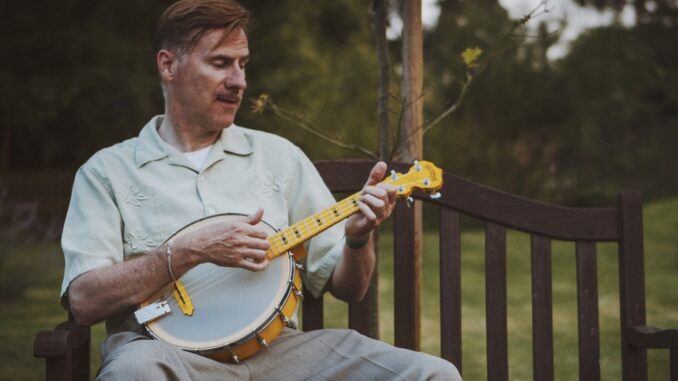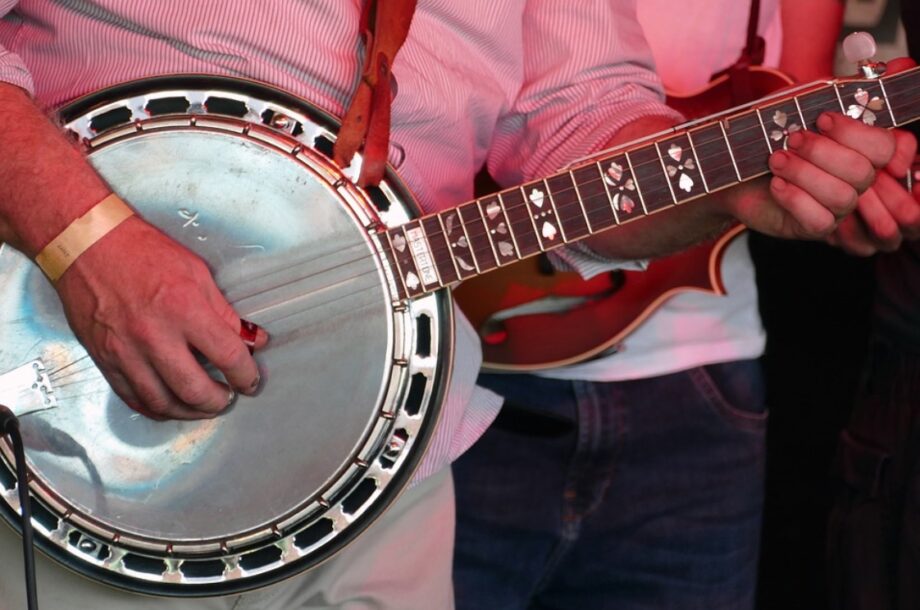
By JOHN DALY
If one of your New Year’s resolutions is to get a new stringed instrument and learn how to play it in the span of a few months, you might want to consider getting a banjo.
The banjo is one of the best instruments for beginners; it’s relatively easy to learn compared to other instruments, not to mention that it is quite affordable. However, because you’ll find a variety of options on the market, deciding which one to get can be a bit tricky. This guide will give you some pointers to make it easier for you to decide.

Open Back vs. Resonator Equipped Banjos
Normally, open-back banjos don’t come with resonators that are best for quieter music. They are also lighter than other types of banjos and cheaper compared to other types on this list, which makes them better suited for beginners. If you enjoy country music, consider getting one of these models. On the other hand, resonator banjos tend to be more expensive, but they can be better when working with a band, as the volume they emit is typically higher than that of an open back banjo, which makes it able to sustain a fuller, richer sound. If you’re choosing between those two, make your decision depending on your activity.
4-String Banjos
If you have little to no experience at all, a 4-string banjo will be perfect for you. These banjos are categorized into two subcategories: tenors and plectrums. You can find more from APassant.net on how these two models are played and which one will suit your needs best. In any case, both tenor and plectrum banjos offer a high degree of versatility because they only have four strings that you can tune however you want. They can be tuned either like the first four strings of a guitar, like a fiddle, or even a ukulele.
5-String Banjos
With the reemergence of bluegrass music into mainstream music, the 5-string banjo has become more in use now. Although they might not be as easy to master as 4-string banjos, 5-string banjos can be an excellent choice for beginners, especially that you can find several sources online that provide tutorials on elements and techniques on how to play the 5-strings. The fifth string, which is also known as the ‘thumb string’ or the odd string,’ produces a drone-like sound due to it being attached close to the halfway point on the neck of the instrument. Some tuning, like the open-G, are quite common and easy for beginners to practice.
Hybrid Banjos
The banjo became hybridized in order to fit with the more modern stream of music and new genres. An example of a hybrid banjo is mixing the characteristics of an electric guitar with a traditional model to make a new instrument with an electric guitar profile, electronic pickups that senses the vibrations, and a traditional drumhead of a banjo. They can be played using a guitar amplifier and are suited for those who know how to play electric guitars.
Another example of a hybrid banjo is the banjolele, which is a hybrid between a banjo and a ukulele. It can be highly portable just like a small 4-string banjo and has an easy learning curve for any beginner. This instrument is also equipped with 4 strings and it has a short neck. It can produce a sound similar to that of a small model; thus, they’re optimal for acoustic and quiet music.
12-String Banjos
Although they can be quite rare, you will never know what you can find at the store when you go shopping for a new banjo. 12-string banjos can be played exactly like a guitar, but the only difference is the unique sound it emits, which can be lighter than the sounds produced by a 12-string guitar. This is why they are recommended for anyone who has experience with playing the guitar. If you’re looking for quality sound, this model is for you, but, as mentioned earlier, not all vendors will have this type of banjo. It might also be quite expensive compared to other instruments on this list.
Now that you know the best types of banjos for beginners, the only thing left to do is to determine the quality of your instrument. It’s easy to assess an instrument’s quality, even from a newbie’s perspective. Make sure to test the instrument by trying out each string on the fingerboard. If the strings can touch the frets easily without hurting your fingers, then this instrument is worth buying. You should check whether or not the banjo you are considering has a tone ring, as this usually indicates higher quality.
